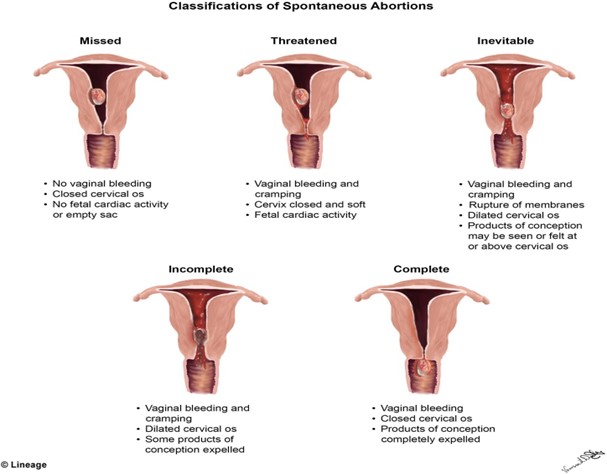You are the Special Care Nursery nurse reviewing the chart of a 36-hour-old neonate who was born at 36 weeks. Do you understand which of the following would place the neonate at risk for physiologic jaundice?
Immature liver due to prematurity.
Cephalohematoma as a result of vacuum delivery.
Mom's blood type is A-negative, and baby's blood type is O-positive
Fetal biliary atresia as noted on 28-week ultrasound.
The Correct Answer is C
Mom's blood type is A-negative, and baby's blood type is O-positive would place the neonate at risk for physiologic jaundice due to Rh incompatibility. When mom is Rh-negative and baby is Rh-positive, the mother's immune system can create antibodies that attack the baby's red blood cells, leading to the destruction of red blood cells and subsequent release of bilirubin, which can result in jaundice.
Nursing Test Bank
Naxlex Comprehensive Predictor Exams
Related Questions
Correct Answer is A
Explanation
Based on the provided information, the probable diagnosis for the spontaneous abortion in this woman would be a threatened abortion, since the cervix is closed and there is no evidence of expulsion of fetal or placental tissue. A threatened abortion is defined as vaginal bleeding occurring before the 20th week of gestation, with a closed cervical os, and no expulsion of fetal or placental tissue.
The other types of spontaneous abortion are defined as follows:
B. Inevitable abortion: vaginal bleeding and cramping with an open cervical os, with or without expulsion of fetal or placental tissue
C. Missed abortion: fetal demise without expulsion of fetal tissue, and may be associated with a closed cervical os and absence of uterine contractions
D. Incomplete abortion: partial expulsion of fetal or placental tissue, with or without vaginal bleeding, and may be associated with an open cervical os and uterine contractions

Correct Answer is D
Explanation
While gestational diabetes (GDM) can increase the risk of certain complications for the baby, such as macrosomia (large baby) and hypoglycemia after birth, there is no known increased risk for cardiac defects specifically. The other statements are accurate and appropriate for a client newly diagnosed with GDM.
Whether you are a student looking to ace your exams or a practicing nurse seeking to enhance your expertise , our nursing education contents will empower you with the confidence and competence to make a difference in the lives of patients and become a respected leader in the healthcare field.
Visit Naxlex, invest in your future and unlock endless possibilities with our unparalleled nursing education contents today
Report Wrong Answer on the Current Question
Do you disagree with the answer? If yes, what is your expected answer? Explain.
Kindly be descriptive with the issue you are facing.
